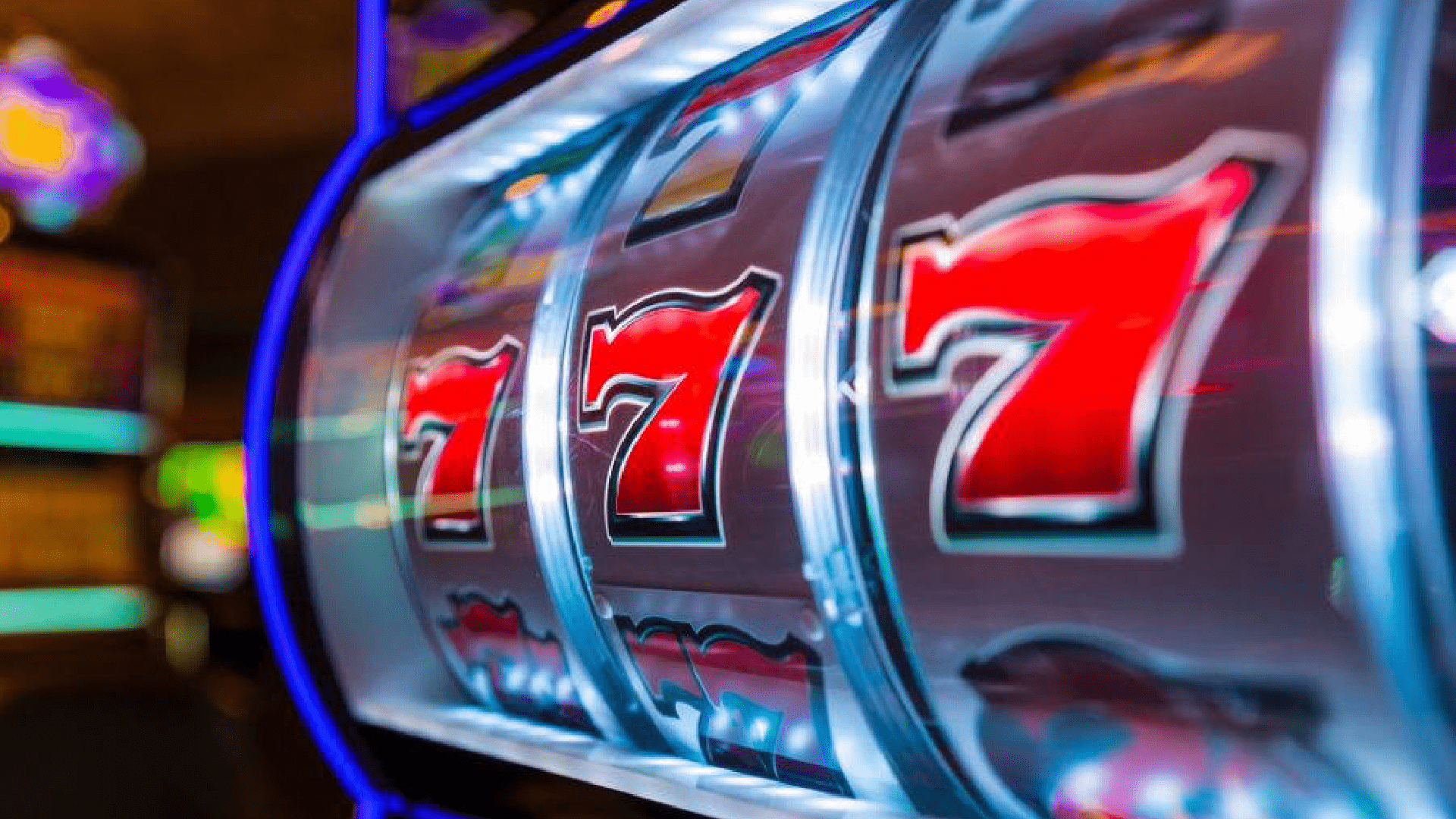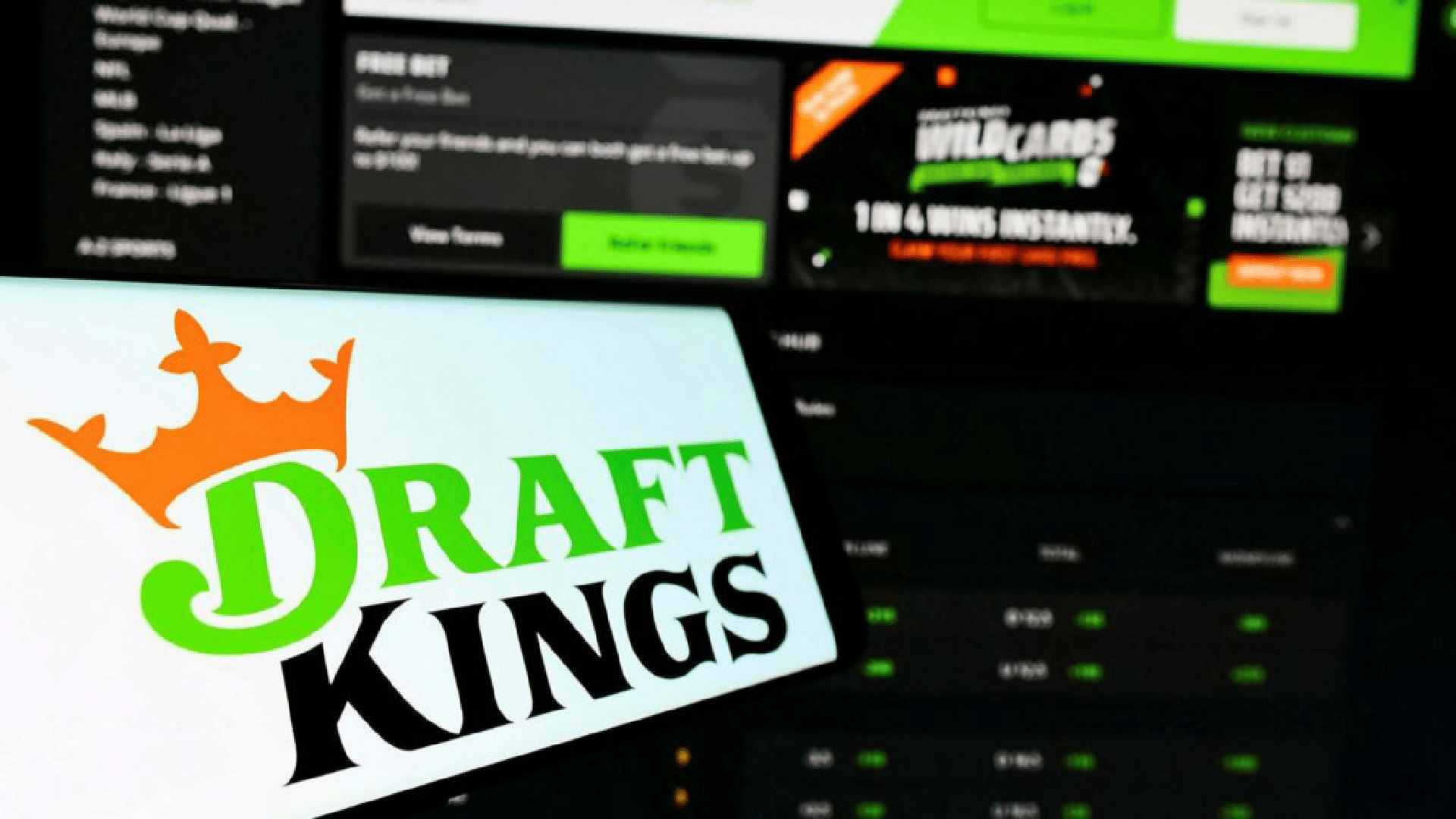


Study: Slot Machine RTP Warnings Backfire, Mislead Gamblers

May 2025
Study: Slot Machine RTP Warnings Backfire, Mislead Gamblers
Gambling authorities mandate that return-to-player (RTP) percentages be clearly shown on slot machines, allowing players to make well-informed decisions. However, they might be pursuing the wrong direction, as indicated by a new study.
Past studies have shown that many players misinterpret RTP, which frequently causes them to overrate their perceived probabilities of winning.
The recent research from the University of Nottingham’s School of Psychology in the UK aimed to evaluate the effect of an industry-standard RTP message and if it exaggerated perceived probabilities compared to having no information whatsoever. Spoiler alert: it did happen.
What does RTP stand for?
RTP, often expressed as a percentage, indicates the amount of money a slot machine returns to players over time. Therefore, if a slot machine has an RTP of 90%, it indicates that for every $100 wagered, it will return $90 on average over time. The casino retains the other $10. That is their gain, also known as the “house advantage.”
Importantly, this represents a long-term average derived from millions of spins. It doesn’t imply that you will receive 90% in return after playing a single session. It also doesn't imply that 90% of players emerge victorious – a frequent misunderstanding.
Slot machines operate randomly. Certain individuals may achieve rapid substantial wins. Some may lose it all even faster, even on a device with a high RTP.
What RTP fails to clarify is volatility (the unpredictability of wins/losses), hit frequency, or maximum loss.
Five Times More Positive
The research, named “Never Tell Me the Odds: Typical Return-to-Player Information Increases Gamblers’ Perceived Chances of Winning,” appeared in Science Direct and involved 6,000 slot players from both the UK and the US.
Before attempting a new slot game, the players received one of four messages: a standard RTP statement (“This game has a typical payout of 90%”), one of two "house edge" alerts (“This game retains 10% of all wagers” or “This game is designed to take 10% of your stake with each bet”), or no information whatsoever. They were subsequently questioned: How probable do you believe it is that you will win?
The outcomes were remarkable. Players presented with the standard 90% RTP message were over five times more inclined to rate their winning chances as high compared to those who received no message.
Both house edge messages were considerably more effective than RTP in managing expectations — yet not more so than providing no information whatsoever.
Notably, individuals who scored higher for problem gambling exaggerated their probabilities solely when no information was available, indicating they may be particularly inclined to substitute uncertainty with optimism.
Related articles
Check out some interesting and relevant articles on casinos.
DraftKings Could Buy Back $18 Billion of Stock Over 10 Years, Says Analyst
Over the next ten years, DraftKings (NASDAQ: DKNG) may purchase a significant portion of its shares,..
Brady Tkachuk is Latest Pro Athlete to Reference Gambler Harassment
According to an ESPN report, Brady Tkachuk, the standout forward for the Ottawa Senators, is the mos..
Carano, Actress with Caesars Ties, Disney Settle Civil Suit
After the actress was fired from her position on the streaming series "The Mandalorian," she filed a..
 United Kingdom
United Kingdom
 Ireland
Ireland
 Finland
Finland
 Germany
Germany
 Canada
Canada



